For many photographers, especially those new to bird photography, a bright sunny day might seem like the ideal time to capture feathered subjects in all their colorful glory. However, seasoned bird photographers often pray for clouds. This might seem counterintuitive, but cloudy conditions offer numerous advantages that can transform your bird photography from ordinary to extraordinary. Let’s explore why those gray skies might be your best friend when heading out with your camera to photograph birds.
The Perfect Natural Diffuser
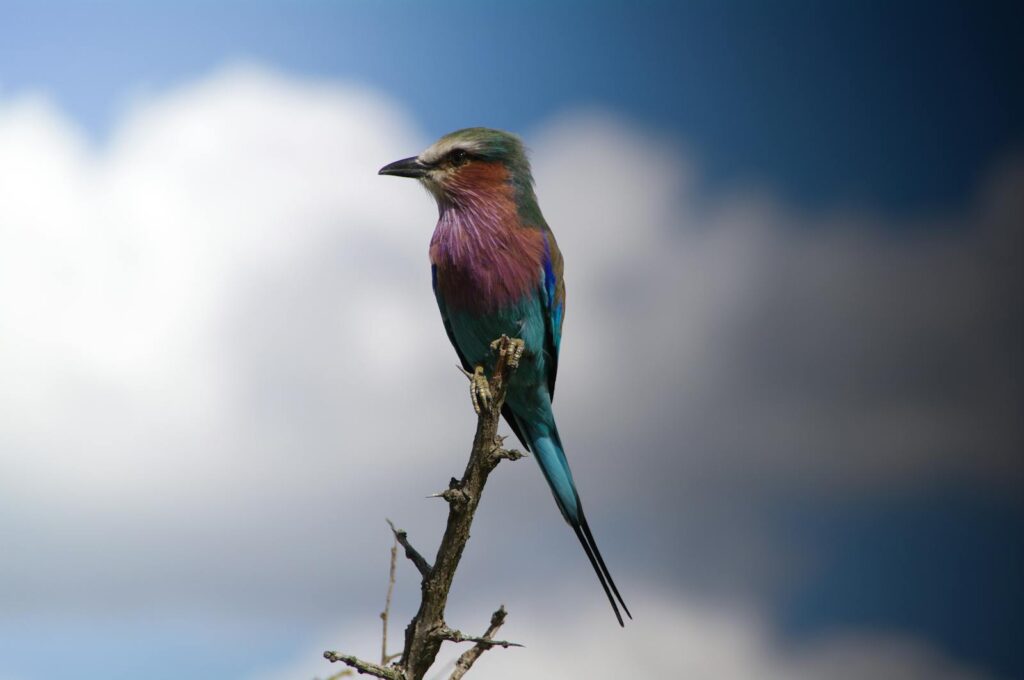
Cloud cover acts as nature’s softbox, creating a giant diffuser across the sky that softens harsh sunlight. This natural diffusion eliminates the strong shadows and bright highlights that often plague bird photos taken in direct sunlight. When clouds filter the sun’s rays, the light wraps more evenly around your avian subjects, revealing subtle details in both the brightest and darkest areas of their plumage. This even illumination is particularly valuable when photographing birds with high contrast coloration, such as magpies or bald eagles, where maintaining detail in both black and white areas can be challenging in harsh light. Additionally, this diffused lighting creates a more three-dimensional look to your subjects, enhancing the texture of feathers and creating more depth in your images.
No Harsh Shadows to Contend With
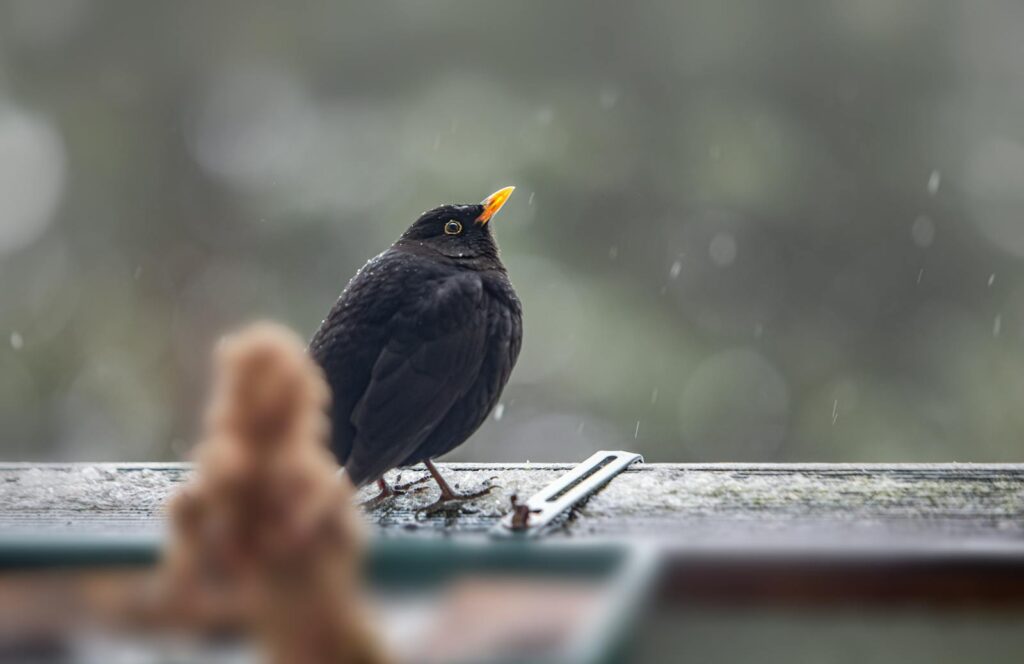
Harsh shadows can be the bane of bird photography on sunny days, often obscuring important details or creating unflattering patterns across your subject. Dark shadows under a bird’s belly or across its face can hide beautiful markings or important identification features that make the photo both aesthetically pleasing and scientifically valuable. Cloudy skies eliminate these problematic shadows, allowing you to capture the full beauty of your subject without dark patches interrupting the image. The absence of harsh shadows also makes exposure much easier to manage, as you won’t need to compromise between properly exposing the highlights or the shadows. This shadow-free environment is particularly beneficial when photographing birds with intricate patterns or in dense habitats where dappled light can create confusing visual elements.
True Colors Shine Through
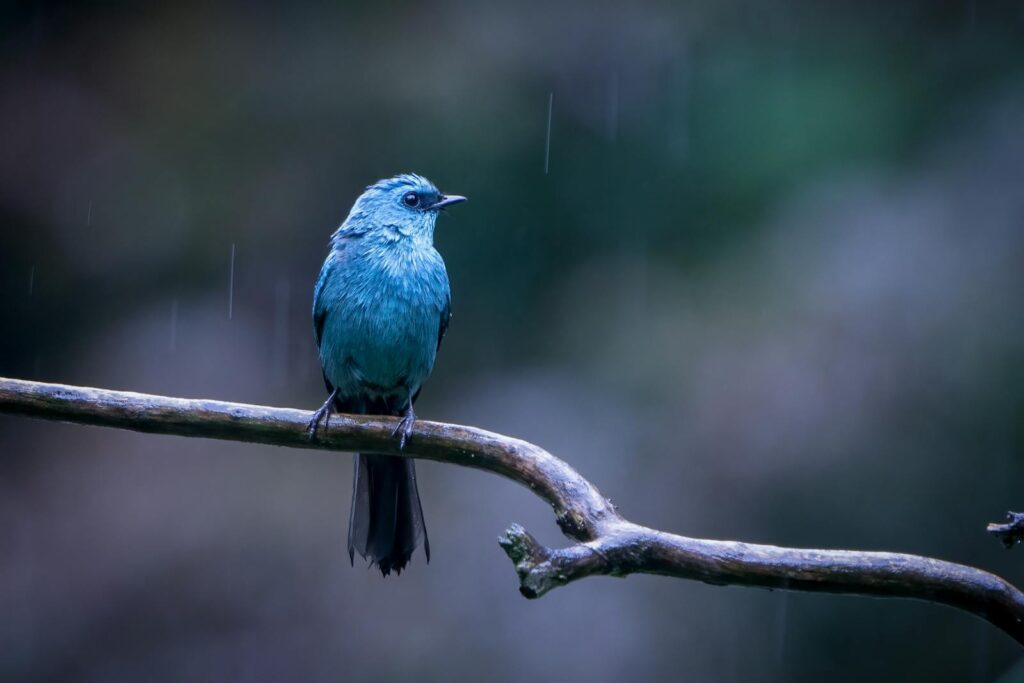
Direct sunlight can distort the natural colors of birds, often making them appear washed out or creating color casts that don’t accurately represent the species. Cloud cover, however, provides a more neutral color temperature that allows birds’ true colors to shine through in your photographs. The diffused light penetrates feathers more evenly, revealing the actual structural colors and iridescence that might otherwise be lost in harsh light. This color accuracy is particularly important for birds like hummingbirds, tanagers, or bluebirds, whose brilliant hues are a defining characteristic. Bird photographers seeking to document species accurately for identification or scientific purposes particularly benefit from this true-to-life color rendering that cloudy days provide.
Reduced Dynamic Range Challenges

One of the greatest technical challenges in photography is dealing with scenes that exceed your camera’s dynamic range—the ability to capture both very bright and very dark areas in a single exposure. Sunny days often create high-contrast scenes where white bird parts become blown-out highlights while darker areas turn to featureless shadow. Cloudy conditions dramatically reduce this dynamic range problem by decreasing the contrast in the scene. Your camera can more easily capture the full range of tones from the darkest shadows to the brightest highlights in a single exposure. This reduced contrast allows photographers to focus more on composition and timing rather than fighting with technical exposure limitations, and often results in files that require far less post-processing adjustment to recover lost detail.
Longer Shooting Hours
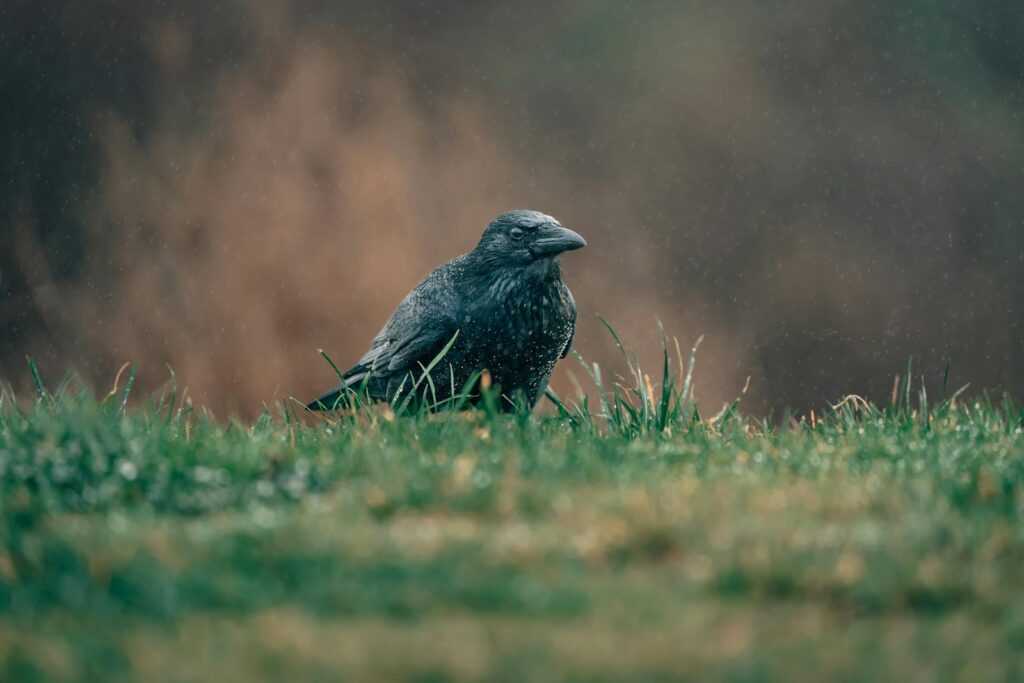
The “golden hours” of early morning and late afternoon are often touted as the ideal times for wildlife photography due to their soft, directional light. However, these windows are frustratingly brief, especially in summer months when birds are most active. Cloud cover effectively extends your productive shooting hours by providing consistent, diffused light throughout the day. Instead of packing up your gear when the harsh midday sun appears, cloudy conditions allow you to continue shooting through what would normally be considered poor light. This extended shooting window can be particularly valuable during migration periods or on wildlife trips when you have limited time to capture specific species. The ability to shoot productively all day often results in more diverse bird portfolios from a single outing.
Enhanced Catchlights
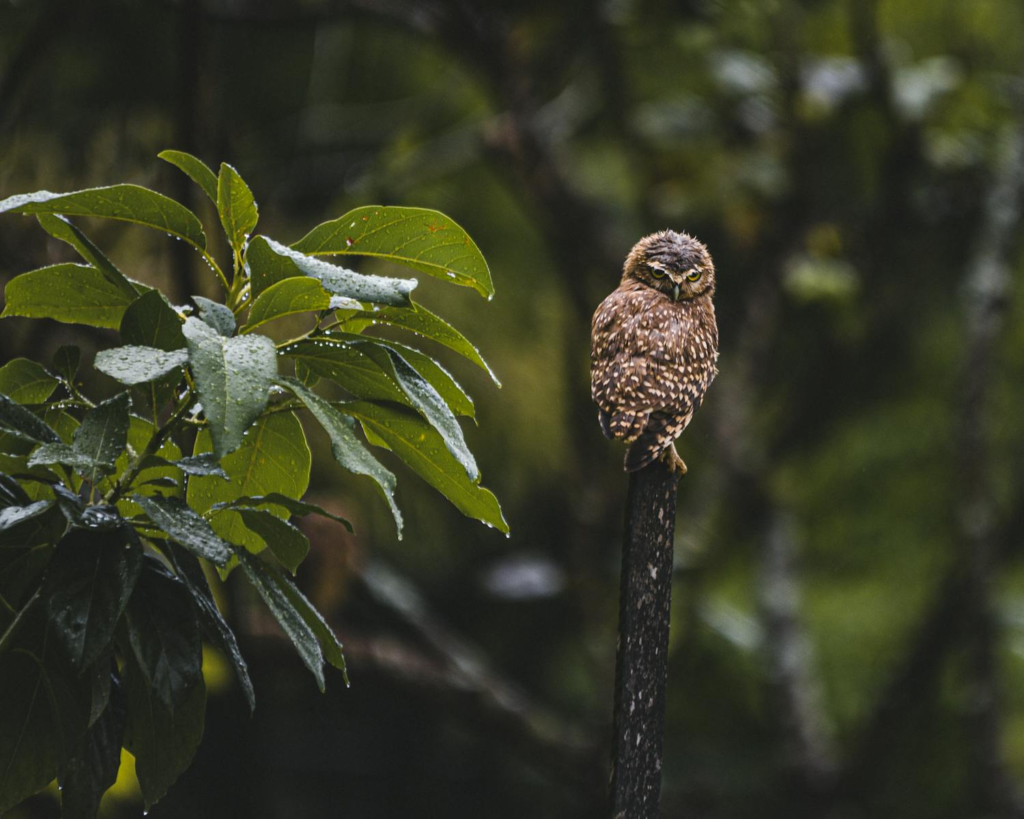
Catchlights—those small reflections of light in a bird’s eye—are crucial for bringing life and dimension to bird portraits. On bright sunny days, catchlights tend to be small, harsh pinpoints that can appear artificial or create a squinting effect. Under cloudy skies, catchlights become larger, softer, and more natural-looking, giving your avian subjects a more lifelike appearance. These diffused catchlights reflect the entire sky, creating what photographers call “window light”—the same flattering light portrait photographers seek when positioning human subjects near large windows. The result is bird photographs with more engaging, soulful expressions that connect viewers to the subject. This subtle detail often separates amateur bird snapshots from professional-quality bird portraits.
Better Behavior Opportunities
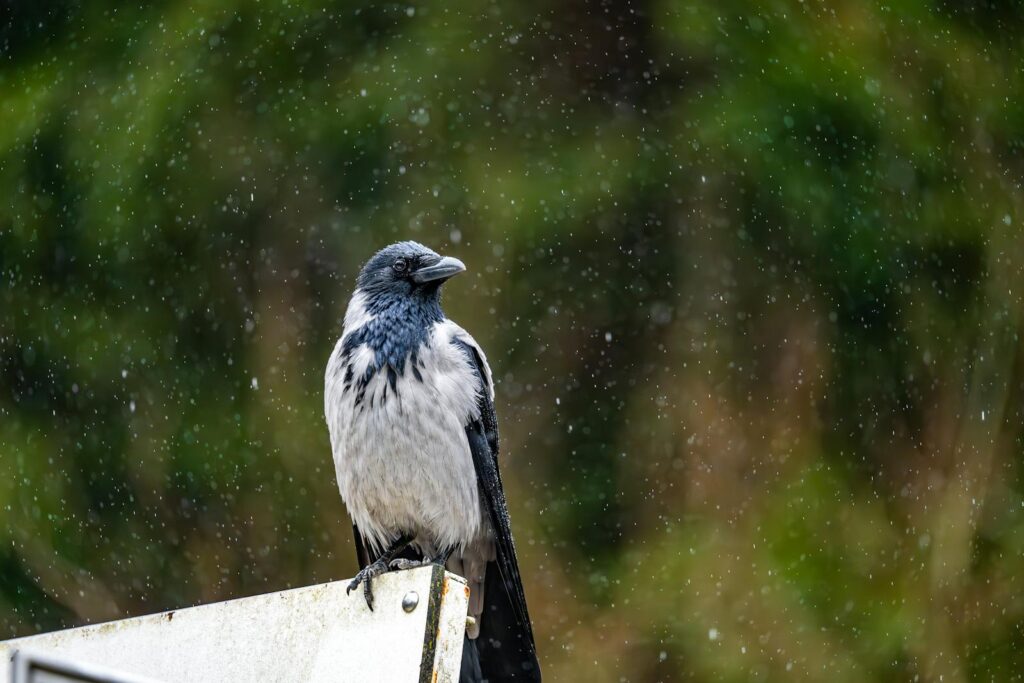
Birds often modify their behavior based on weather conditions, and many species become more active during cloudy periods. With less harsh sunlight, birds may spend more time foraging in open areas rather than seeking shade, providing more photographic opportunities. Overcast conditions can also extend feeding periods that might otherwise be restricted to early morning or evening on sunny days. Many birds, particularly waterfowl and wading species, seem more relaxed and engaged in natural behaviors during cloudy weather. The comfortable ambient temperature that often accompanies cloud cover (neither too hot nor too cold) encourages birds to continue their normal activities for longer periods, giving photographers more chances to capture interesting behaviors and interactions rather than just static portraits.
Reduced Glare on Water
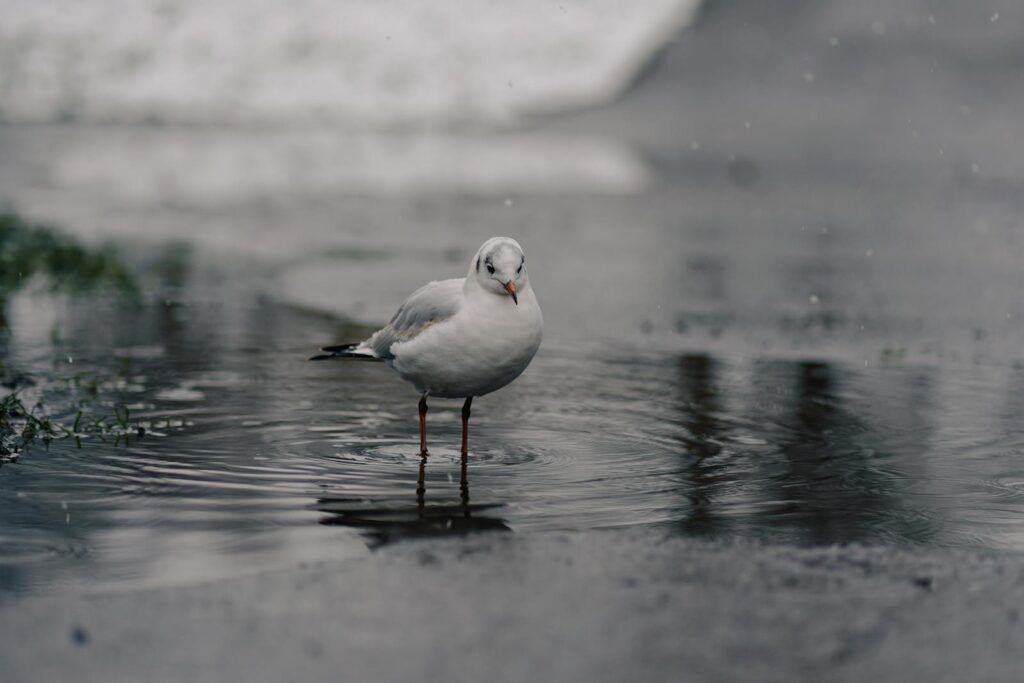
Photographing water birds presents unique challenges, chief among them being the blinding glare that bounces off water surfaces on sunny days. This reflective glare not only creates exposure difficulties but can also produce distracting backgrounds that pull attention away from your subject. Cloudy conditions eliminate this problematic glare, allowing for cleaner compositions when photographing birds on lakes, ponds, or oceans. Without harsh reflections, the water often takes on smoother, more saturated tones that create pleasing backgrounds for your subjects. This glare reduction is particularly valuable when photographing diving birds, where capturing the interface between bird and water becomes much more manageable without dealing with blown-out highlights on the water’s surface.
Greater Comfort for Photographers
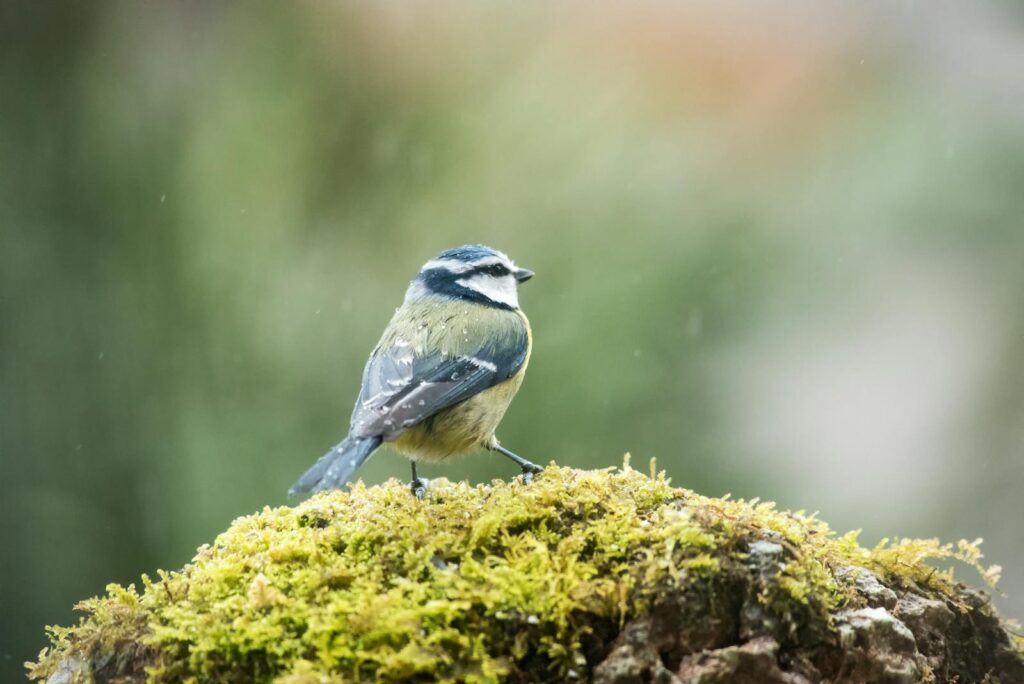
The photographic benefits of cloudy days extend beyond just image quality to the comfort of the photographer as well. Standing for hours in direct sunlight can be physically taxing, leading to fatigue, dehydration, and sunburn that ultimately impair your ability to stay focused and patient. Cloudy conditions provide natural cooling that allows for longer, more comfortable field sessions without the physical stress of sun exposure. This increased comfort translates directly to improved concentration and steadier hands when that perfect moment presents itself. Additionally, the reduced squinting required in overcast conditions helps photographers maintain better situational awareness, making it easier to spot birds in the environment and follow their movements more effectively.
More Forgiving Exposure Settings
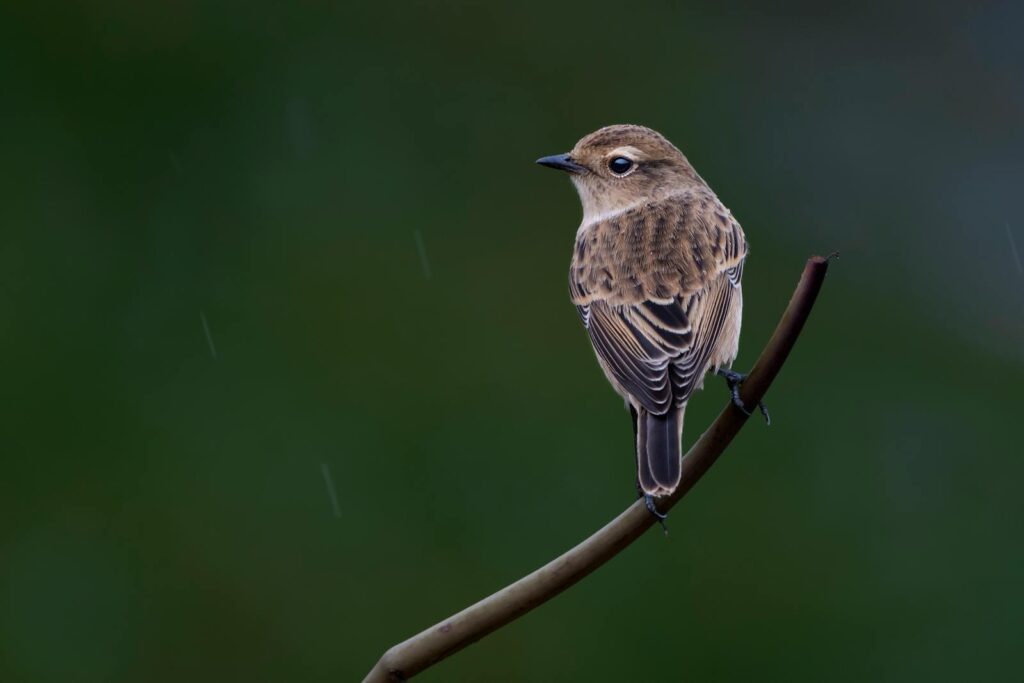
One of the technical advantages of photographing birds on cloudy days is the increased flexibility with camera settings. The softer light allows you to use slower shutter speeds than would be possible in bright conditions without overexposing your images. This can be particularly valuable when shooting in low-light environments like forests, where you might otherwise struggle to maintain sufficient shutter speeds for sharp images. The even lighting also means you can operate at lower ISO settings, resulting in cleaner images with less digital noise. Many photographers find they can shoot in aperture priority mode more confidently on cloudy days, as the consistent lighting produces more predictable exposures without the extreme variations that occur when clouds periodically block the sun on partly cloudy days.
Dramatic Weather Elements
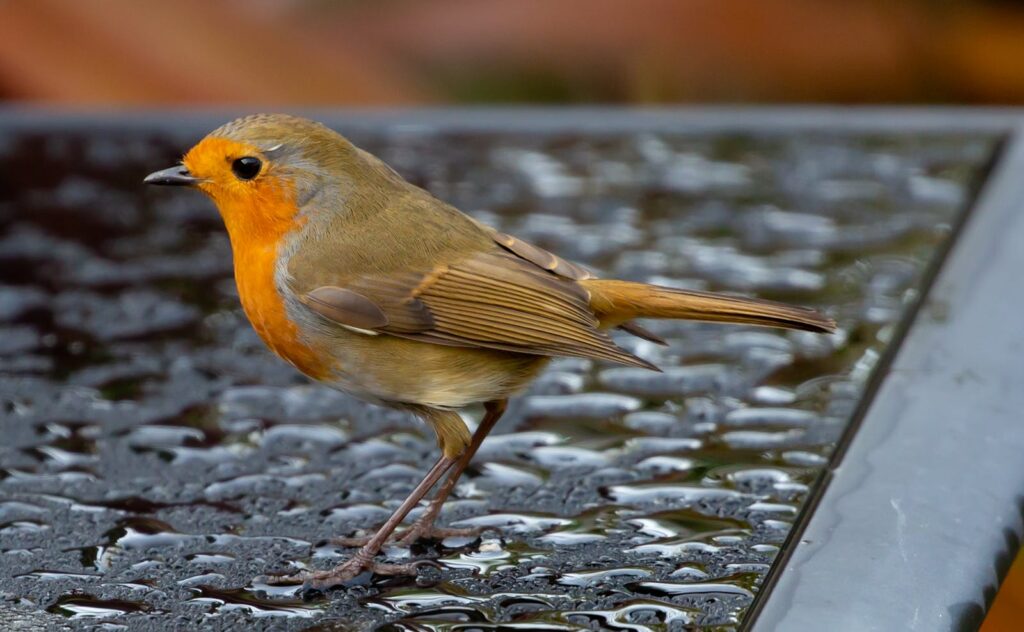
Cloudy doesn’t necessarily mean dull—in fact, varied cloud formations can add tremendous drama and context to your bird photographs. Different cloud types create unique atmospheres, from the soft, moody feel of stratus clouds to the dramatic backdrop of approaching storm clouds. Including these atmospheric elements in your composition can transform a simple bird portrait into an environmental story that conveys season, weather conditions, and habitat. Birds photographed against dramatic cloudscapes often create more memorable, emotionally engaging images than those shot against a plain blue sky. These weather elements provide visual context that connects the bird to its environment and creates a more complete visual narrative about the life of wild birds.
Reduced Background Distractions

Bright sunlight streaming through trees and foliage creates dappled light patterns that can be extremely distracting in bird photographs. These “hot spots” of bright light draw the viewer’s eye away from your subject and create visual confusion in the image. Cloudy conditions eliminate these distracting elements, resulting in more even, less chaotic backgrounds that keep the focus squarely on your bird subject. This background simplification is particularly valuable when photographing birds in complex environments like forests or dense shrubbery. The consistent lighting makes it easier to achieve the shallow depth of field that professional bird photographers often seek, where the subject remains sharp while the background gently melts into a pleasant, non-distracting blur that complements rather than competes with your subject.
Embracing the Challenge
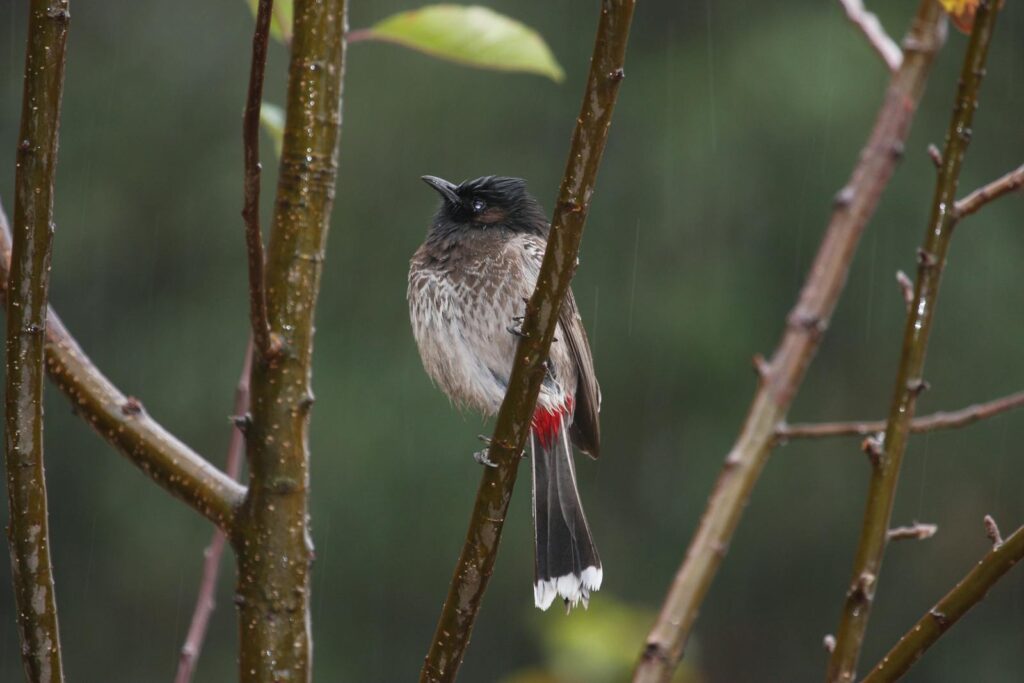
Perhaps the most significant benefit of photographing birds on cloudy days is how it improves your skills as a photographer. Working in less-than-ideal conditions forces you to develop a deeper understanding of your equipment and to become more creative with composition and subject matter. This adaptability makes you a more versatile photographer in all lighting conditions. Learning to find beauty in subtle light teaches you to see photographic opportunities that others might miss, ultimately expanding your creative vision. Many professional bird photographers intentionally seek out cloudy conditions, not just for the technical advantages but because these conditions often result in more unique, atmospheric images that stand out from the thousands of bright, sunny bird photographs that dominate wildlife photography. Embracing cloudy days rather than staying home waiting for “better” weather can dramatically increase your shooting opportunities and lead to a more diverse, compelling portfolio.
Conclusion
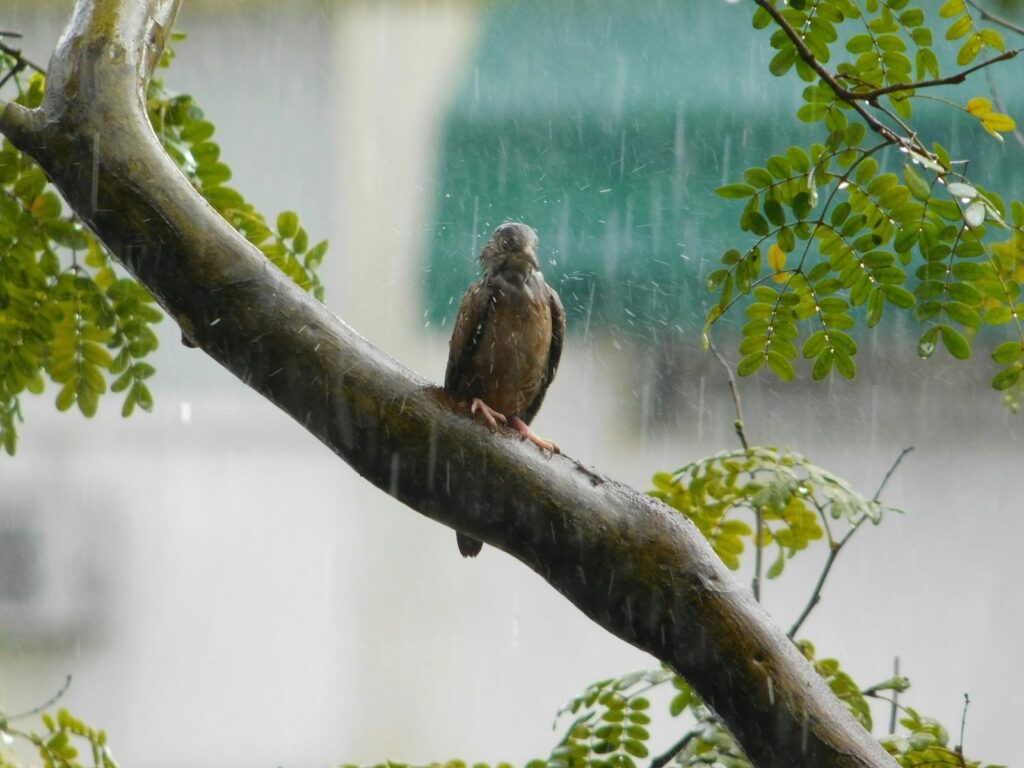
While blue skies and sunshine might seem like the ideal backdrop for outdoor photography, cloudy days offer unique advantages that can dramatically improve your bird photographs. From technical benefits like reduced contrast and more accurate colors to practical advantages like extended shooting hours and increased bird activity, overcast conditions create ideal circumstances for capturing compelling avian images. Rather than putting your camera away when clouds appear, consider these conditions as nature’s gift to bird photographers. The next time the forecast shows cloudy weather, grab your camera gear with enthusiasm—you might just capture your most beautiful bird photographs yet.
